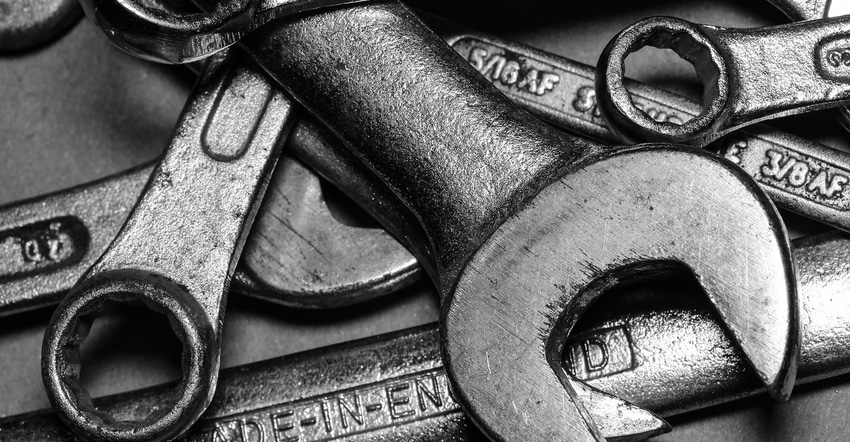Engineers and mathematicians worked together to find ways to make industrial processing plants more reliable.
November 5, 2021

A new research paper published in IEEE Xplore examined how mathematics, network science, and artificial intelligence (AI) technology could be deployed to improve asset maintenance in Australia’s resources sector.
The team of engineers and mathematicians from the University of Western Australia (UWA) looked at ways the technologies might be used to discern how, when, and why maintenance happens. Research was conducted under the Data Science partnership between UQA, Curtin University, CSIRO, the CORE Innovation Hub, Minerals Research Institute of WA, and industry partners Alcoa, BHP, and Roy Hill.
Professor Michael Small of the UWA’s School of Physics, Maths, and Computing explained in a university announcement that the study was initiated after researchers realized that corrective maintenance work on an asset is typically followed up with additional maintenance work on the same asset or a connected asset within a short period of time.
“It’s a problem known as a cascading failure, but identifying and confirming these events is incredibly difficult when you take into account the number of assets and the volume of maintenance and operating data we’re talking about in companies of this size,” said Prof. Small, adding, “Our industry partners run large and complicated plants full of equipment and they have mountains of records stored in systems like SAP that capture each and every time maintenance is carried out.”
A mining company partner provided work orders for maintenance work on its pumps. Researchers examined 88.545 work orders for 5,655 different pumps from 2011 to 2019.
“But it wasn’t just the work orders, we worked with the maintenance engineers on the ground who have the spanners in their hands and who often have that unwritten, institutional knowledge, to model the behavior of the past to try to find patterns using complex network analysis,” Prof. Small said in the release.
Using the data, the team was able to spot pumps that are ‘super-spreaders,’ or pumps that had corrective maintenance work which led to corrective maintenance on other pumps.
“Interestingly, we found that there were ‘self-loops’ in certain pumps, where an asset fails and is repaired and then fails again, and also that there was a prevalence of hidden failures in standby pumps,” said the researcher.
The team plans to further develop the model for use in a variety of workplace settings.
About the Author(s)
You May Also Like




